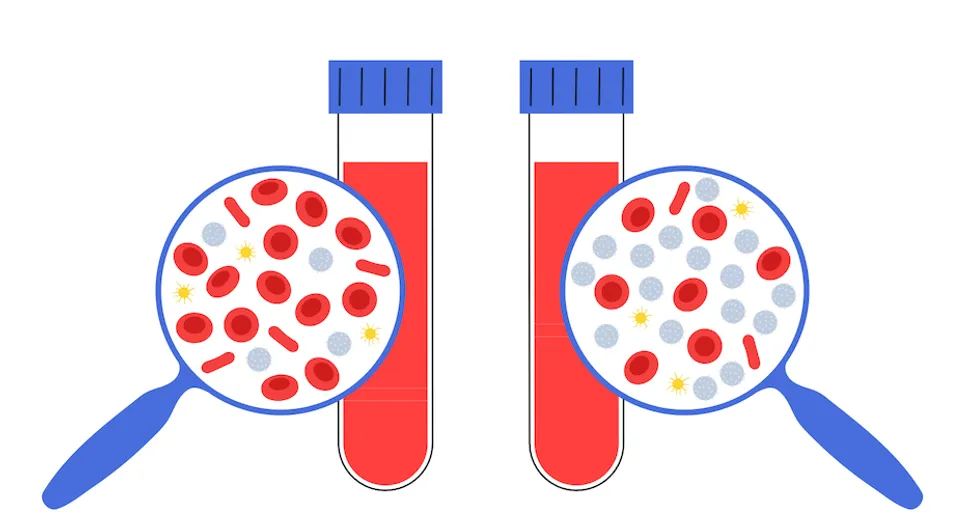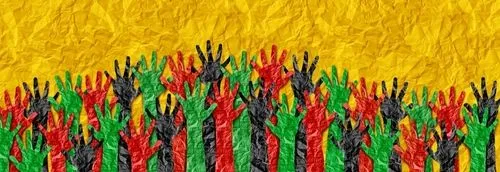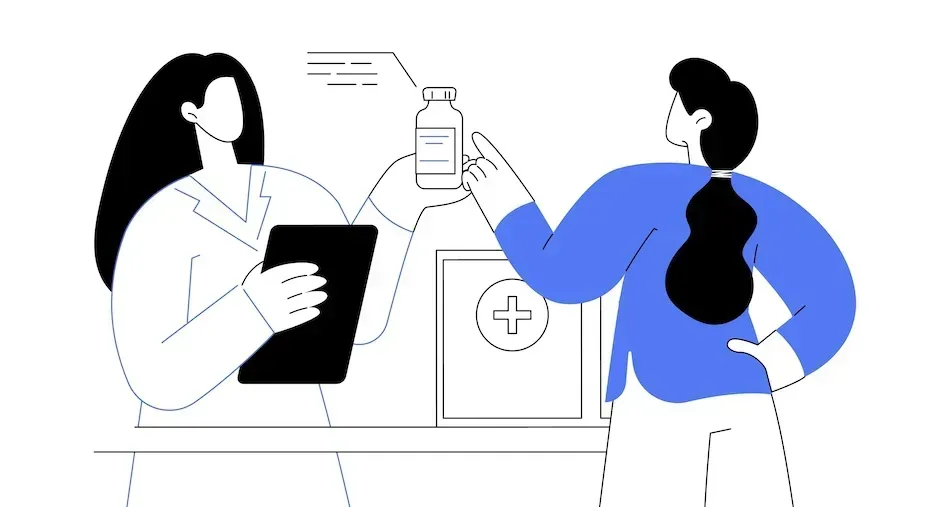What is the Condition Before CLL?

What Condition Comes Before CLL?
The condition that comes before chronic lymphocytic leukemia (CLL) is called monoclonal B-cell lymphocytosis (MBL). The type of cancer cell is the same, the difference between the two is based on the number of cancer cells per microliter of blood.
In MBL, the number of cancerous B-cells is below 5,000 cells per microliter of blood (5,000/uL). Once the number goes over 5,000 cancer cells per microliter of blood, the condition is labeled as CLL. MBL patients have a 1% chance of their MBL progressing into CLL each year.
Precursor Condition to CLL Interview
Drs. Alvaro Alencar and Ravi Vij share more about the precursor condition of CLL. Watch their interview below.
Summary
The condition before CLL is monoclonal B-cell lymphocytosis (MBL). If the number of cancer cells is less than 5,000 per microliter of blood, it is MBL. If it is over 5,000 per microliter of blood, it is CLL. Visit our CLL 101 pages here for more information related to areas like tests patients can expect to find cancer cells, when a patient qualifies to start treatment, and the types of CLL treatments patients can expect.
What Condition Comes Before CLL?
The condition that comes before chronic lymphocytic leukemia (CLL) is called monoclonal B-cell lymphocytosis (MBL). The type of cancer cell is the same, the difference between the two is based on the number of cancer cells per microliter of blood.
In MBL, the number of cancerous B-cells is below 5,000 cells per microliter of blood (5,000/uL). Once the number goes over 5,000 cancer cells per microliter of blood, the condition is labeled as CLL. MBL patients have a 1% chance of their MBL progressing into CLL each year.
Precursor Condition to CLL Interview
Drs. Alvaro Alencar and Ravi Vij share more about the precursor condition of CLL. Watch their interview below.
Summary
The condition before CLL is monoclonal B-cell lymphocytosis (MBL). If the number of cancer cells is less than 5,000 per microliter of blood, it is MBL. If it is over 5,000 per microliter of blood, it is CLL. Visit our CLL 101 pages here for more information related to areas like tests patients can expect to find cancer cells, when a patient qualifies to start treatment, and the types of CLL treatments patients can expect.

about the author
Megan Heaps
Megan joined HealthTree in 2022. She enjoys helping patients and their care partners understand the various aspects of the cancer. This understanding enables them to better advocate for themselves and improve their treatment outcomes.
More on HealthTree Programs
Trending Articles

Get the Latest Chronic Lymphocytic Leukemia Updates, Delivered to You.
By subscribing to the HealthTree newsletter, you'll receive the latest research, treatment updates, and expert insights to help you navigate your health.
Together we care.
Together we cure.
3x Faster.










